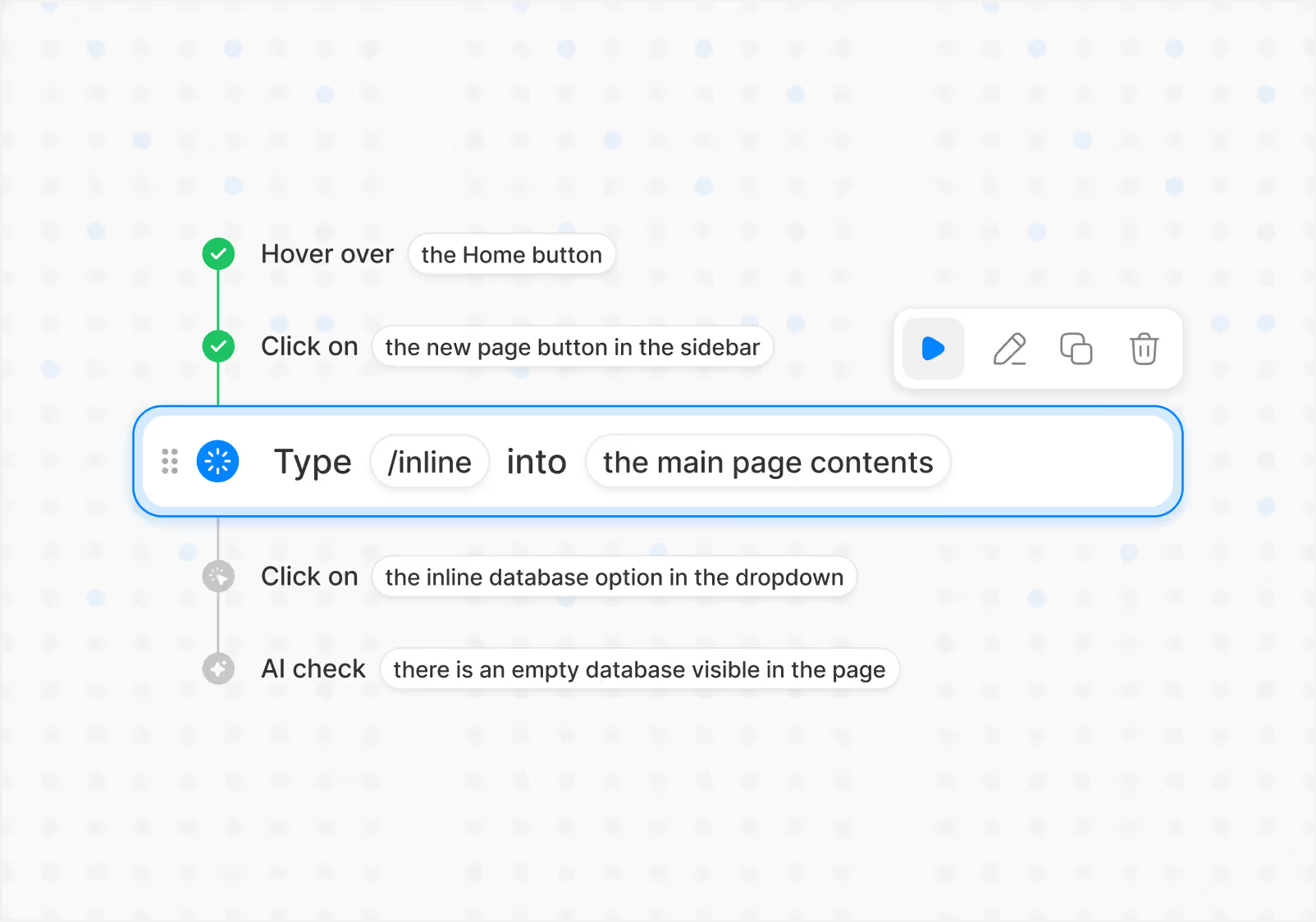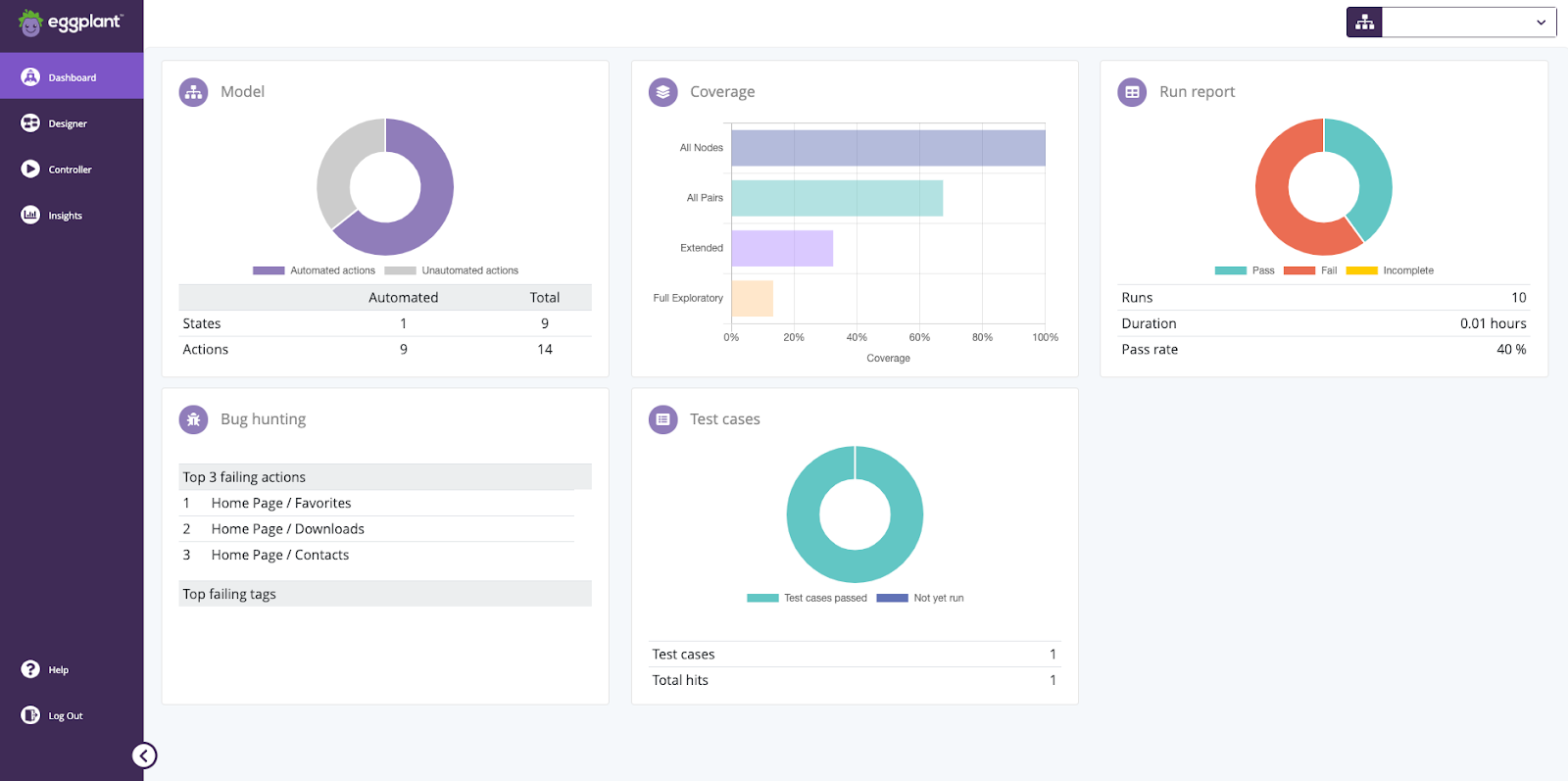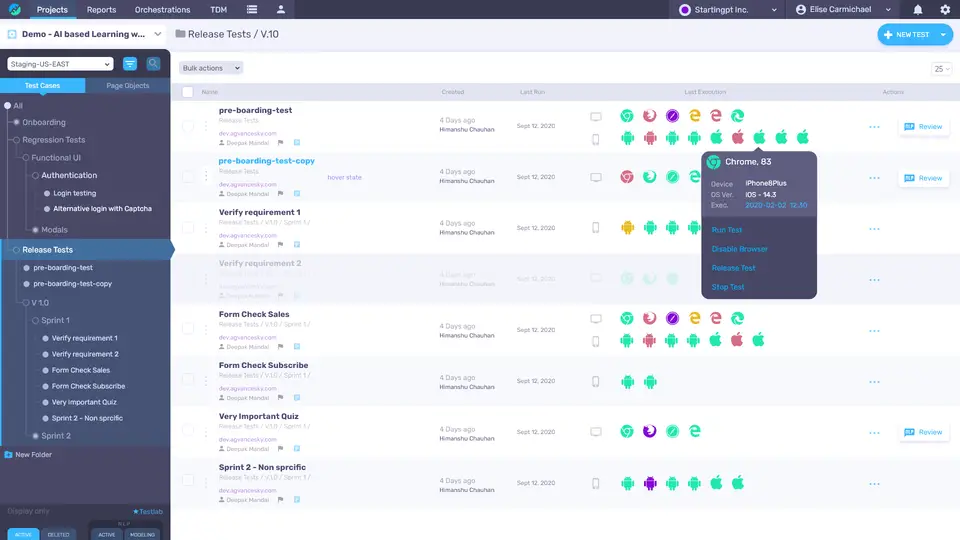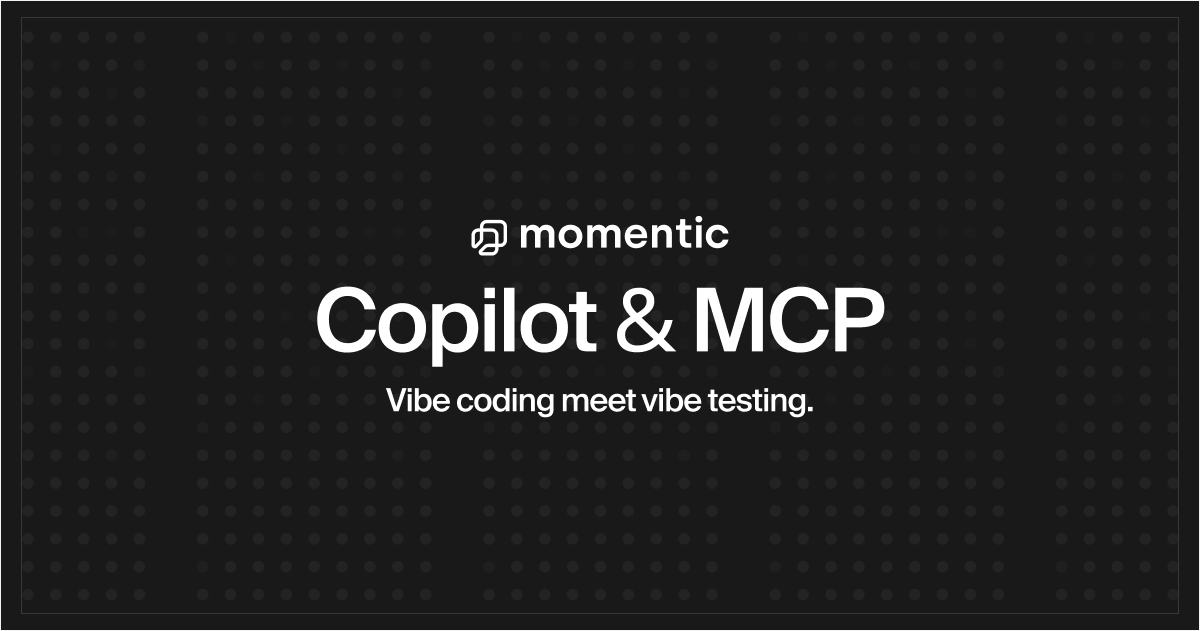In many ways, Playwright still has a lot going for it. It’s powerful, it’s flexible, and overall test reliability is good. So, why would you consider switching to one of the many emerging Playwright alternatives on the market right now?
Cast your mind back to when you switched to Playwright, either from manual testing processes or from an older tool like Selenium. Remember how smooth everything felt – how testing suddenly seemed much simpler and much faster?
You’ll experience a similar jump in efficiency if you switch to an AI Playwright alternative – multiplied by a thousand thanks to the benefits AI brings to the table. You’ll soon wonder why you put up with some of Playwright’s less good points for so long.
Here’s why now’s the time to switch from Playwright, and a few alternative AI native tools to kickstart your list.
Why Now’s The Time To Move On From Playwright
A few years ago, Playwright was one of the best options out there for web app testing. Cross browser/platform capabilities and support for multiple programming languages – with little to no upfront cost as an open source tool? Sign us up!
Don’t get us wrong – it’s still very good at what it does. For a traditional (non AI-native) automation tool it offers a powerful set of features, including a robust set of debugging tools, support for complex testing scenarios, and a handy auto-wait feature that helps reduce flakiness.
The thing is, this doesn’t cut it anymore when compared to recent AI-first software testing tools. It’s not that the features are bad – it’s that other tools allow you to test more, test faster, and test more reliably – all with fewer resources and in a shorter amount of time.
In a market increasingly crowded with digital products, where ultimate CI/CD is a major advantage and the most successful teams ship 200 times more frequently than less successful ones, that’s too good an opportunity to pass up.
5 Playwright Issues That Are Probably Driving Your Team Crazy
Playwright Has A Steep Learning Curve For Complex Test Scenarios
Many complex scenarios such as custom event handling, state management, or network mocking require a significant amount of Playwright expertise. An AI-first tool can automate these nearly as quickly as the most basic unit tests.
Lack of Codeless Automation Chews Up Time
It’s not that you mind manually coding all your test automation scripts – but why would you when AI tools like Momentic use natural language processing to turn plain language prompts into full scripts in minutes?
Playwright’s ‘Codegen’ tool speeds up the process a little by generating code based on your interactions, but it’s still recommended that a human engineer checks the code before use – so it’s nowhere near as efficient as it could be.
No Built-In Visual Regression Testing
If you want to run visual regression tests (and given the UX benefits these offer, you definitely should) you’ll need to spend time doing it manually or opt for a third-party plugin. Many AI tools automate visual regression testing without any issue – AI Playwright alternatives can save you a lot of time and resources in this regard.
Playwright Is Resource Intensive
As well as requiring more human input than AI-based alternatives, Playwright can consume significantly more CPU and memory whilst running tests in headless browsers – especially whilst running parallel tests or testing across different browsers.
Anti-Flake Features Don’t Eliminate the Problem Completely
Auto-wait, automatic retries, and test isolation put Playwright significantly ahead of older tools like Selenium when it comes to test reliability. However, why spend any time on test maintenance at all when an AI tool can heal flaked and broken tests with no human input at all?
Why AI Playwright Alternatives Are The Answer
AI Playwright alternatives don’t just make testing easier and faster – they can fundamentally change how your testing workflows are structured.
With codeless test automation that takes minutes to set up and run, your engineers can test their own code as soon as they write it. This drastically reduces your reliance on external QA and the issues they throw up, like knowledge silos, bottlenecks, and even technical debt.
With your engineers testing their own code, it’s much easier to ‘shift left’ – run your testing processes in parallel with development so that issues are caught early, when they are easier and cheaper to fix. This has huge knock-on efficiency gains for your entire testing lifecycle.
The Top 5 Playwright Alternatives for AI-Led Software Testing
1. Best Overall Playwright Alternative: Momentic

Surprise – it’s us. What can we say – we back ourselves and we back our product. Here’s why.
“The reason I was enamored by you guys was (a) work for us in prod, (b) super great UX and (c) incredible velocity and delivery. It is so easy to use that a jr dev use on his first day!”
Aditya Advani, CTO, Best Parents
It all comes down to offering a tool that balances advanced functionality with simplicity of use. Momentic is so easy to get to grips with that ‘junior devs can pick it up on their first day’ whilst offering the latest in AI-native testing features. These include:
- An AI test builder that builds scripts for complex scenarios in minutes. No need for hours of effort.
- Reliable tests unaffected by changes in the DOM, which self heal when they do flake for whatever reason.
- AI agent features that adapt to your web app and get smarter the more you test, allowing for pinpoint accurate, insightful reporting data.
- Flexible execution that allows you to run tests wherever and whenever you want to – in our cloud, locally, in CI/CD pipelines, or behind private networks.
The result? Your software testing lifecycle stops chewing up resources and becomes a lean, mean code shipping machine that runs with minimal human input. You expand your test coverage and shorten your release schedules, whilst giving engineers time back to work on exciting new projects.
2. For Full Customer Journey Testing: testRigor

testRigor’s AI software testing tool can cover every aspect of your web app, from core functionality to mobile performance, APIs, and emails – all with minimal coding required. This makes it a good choice for mixed technical/non-technical teams across your web app’s customer journey.
The AI works by creating a user-viewpoint simulation of interactions with your web app. This helps keep tests stable in the face of UI changes as they don’t rely on traditional locators.
3. For Visual Testing: Eggplant

Eggplant is one of the most mature AI tools out there – its visual testing-based approach has been helping engineers shift testing workloads for over a decade.
Eggplant’s AI compares expected images of interactions with real-world user interaction results, with codeless test script generation that drastically reduces the hours your team needs to put into test maintenance. The platform also offers cross browser/platform support (including mobile) and extended performance testing features – a real plus point as you scale.
4. For Scaleability: Functionize

Functionize brings together natural language-based test creation, smart debugging and maintenance tools, and self-healing tests to save your team a significant amount of time on the cornerstone process of software QA: the functional test.
Functionize offers excellent scalability and copes well with functional testing at scale – useful whether you’re an established enterprise or a startup with a keen eye on your growth plan.
5. For Convenience: Playwright and Third Party Tools
Much as you’d love to take advantage of all the benefits AI-first testing brings right away, sometimes things aren’t that simple. Maybe you’re out of budget for the quarter, or you’re just too flat out busy right now to find space to implement new software.
You can get part of the way there by extending Playwright’s functionality beyond Codegen with third-party tools such as ChatGPT, GitHub CoPilot, or ZeroStep to bring it close to AI-native functionality. It’s not the ideal solution and doesn’t cure any of the Playwright issues we listed above, but it’s better than doing nothing at all.
Momentic: The Best Playwright Alternative for Web App Testing
“Momentic makes it 3x faster for our team to write and maintain end to end tests.”
Alex Cui, CTO, GPTZero
We’d love to see if Momentic’s AI testing tools could help you minimize the time you spend maintaining your web app’s test suite and maximize focus on valuable project work.
If, like Alex and his team, you’re keen to save over two thirds of the time you spend on key testing processes, why not schedule a conversation with our engineers?

.png)
